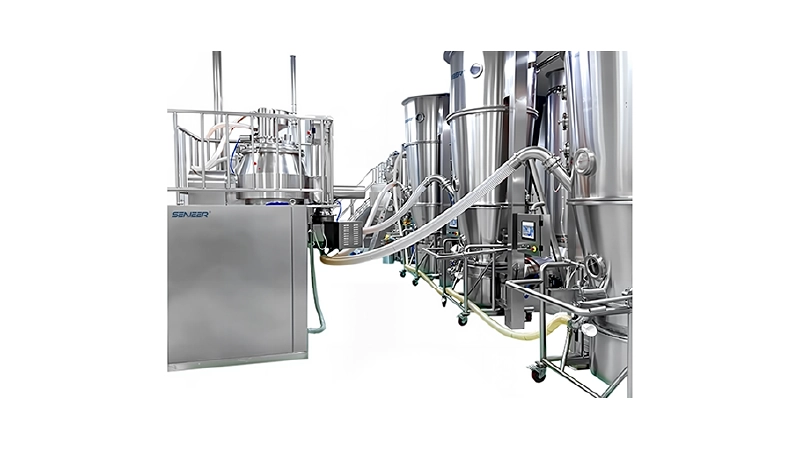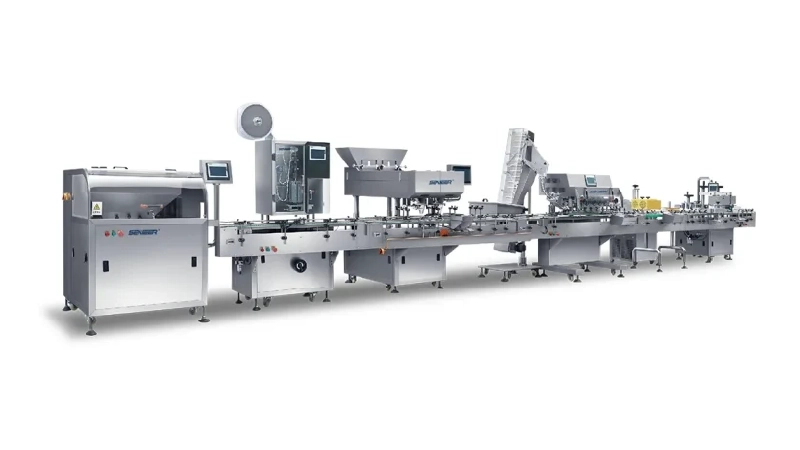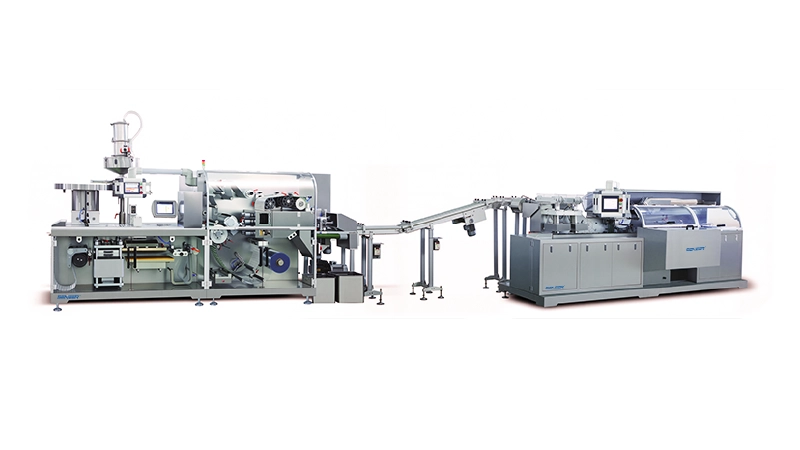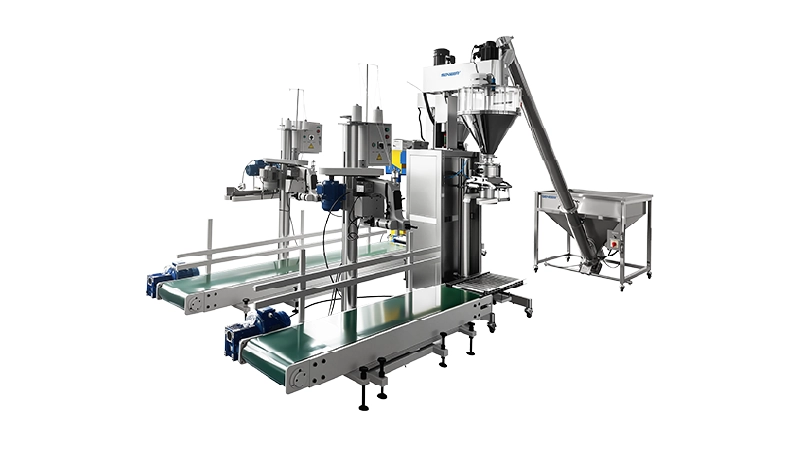Home » Roll Compactor Use In Pharma
Roll Compactor Use In Pharma
Roll Compactor Use In pharma
Roll compactor(or roller compactor) is a professional machine used mainly for the dry granulation of various substances such as those heat or moisture sensitive materials. Compared to the wet granulation, the roll compaction dry granulation omits the steps of adding liquid binders and drying, which significantly optimizes the time and effects. It is a continuous yet simplified granulating process. The roll compactor can be used to have a preparation for the final tablet press or capsule filling.
Features of Roll Compactor
- Suitable for the compaction of materials with poor compatibility and fluidity as well as good to improve it.
- No need of water or solvents, suitable for moisture or heat sensitive substances.
- All contact parts adopts excellent stainless steel 361 or 304.
- Full contained glass window structure, easy monitoring and prevent dust leakage.
- Automatic adjustment of roller speed and pressure.
Chapter 1: Applications of Roll Compactor in Pharma
The application of roll compactor is very wide and it plays an important role in the pharmaceutical granulation field.
Compaction of direct compressible excipients: usually, the direct compressible materials for tablet press need good fluidity and compressibility. The roll compactor can pre-compact and granulate these materials.
Compaction and granulation of dry herbal extracts: the dry herbal extracts have a high hygroscopicity as it contains much of hydrophilic components such as sugar or organic acid. In addition, its fluidity and compressibility are also poor. So, it need to be pre-dealt before tablet pressing. Roll compactor is a best choice.
Granulation and pre-treatment for tablet compression: the tablet press needs materials with good flowability, so it can use roll compactor to compact and granulate raw materials, making them have a good fluidity for the subsequent tablet pressing. Besides, some powder drugs also need granulation to enhance the dissolubility.
Chapter 2: Compare Between Fixed Fixed Gap And Floating Gap Roll Compactor
The common types of roll compactors include two: fixed gap roll compactor and floating gap roll compactor. The main difference between them is that whether the distance between two rollers can be adjustable. The fixed gap roll compactor can not adjust the distance and the floating gap type can.
Both of them have a similar structure: feeding hopper, feed screw, compaction system, granulation system.
The advantage of floating gap roll compactor is that it can adjust the gap between rollers according to the powder quantities fed, so the force exerted on powders can remain constant to ensure the uniform particle density and size.
But the fixed gap roll compactor is different. No matter how much powders are fed between rollers, the gap between rollers remain constant, so the force exerted on powders are different, which will result in inconsistent particle density and size.
Chapter 3: Bennfits of Using Roll Compactor
- Meet with GMP standards.
- All contact parts adopt stainless steel and is easy to disassemble for cleaning and maintaining.
- Stepless speed adjustment by variable frequency converter.
- tailored for materials of hydrophilicity and heat sensitive.
- Used for the granulation of low melting point materials.
- Cost saving as it has a simple and continuous operation process.
- Simple structure makes you operate easily.
- Seamless expansion, from lab to large scale of production.
- Ensuring consistent product quality by precisely control the compaction and granulation.
- Improve the disintegration performance of tablets as the granules(produced by roll compactor) can form tablets with porous.
- Unique structure and design minimize the problem of dust accumulation and leakage.
- Improves the fluidity of granules by increasing the powder density.
- Continuous production without interruption.
Chapter 4: Limitations of Roll Compactor In Pharma
- Although the dry granulation has many benefits, there are still some limitations.
- Residual powders of non-compacted: as not use liquid binders, much residual powders will generate.
- Material compression loss: it is a common problem in the dry granulation, especially under relatively high compaction pressure.
- The mixing uniformity is not very good as the powders are not fully blended in the hopper.
Chapter 5: Structure of Roll Compactor
There are some basic and main parts in the roll compactor, and these parts ensure the normal operation of machine.
Feeding Hopper
The materials are fed into hopper and pre-mixed by mixing rod at the bottom of hopper.
Feed Screw
There are many three types of feed screws: horizontal, vertical and inclined. We can customize it according to your needs. Each of them is suitable for materials with different properties.
Pressing Rollers
The pre-mixed powders are transferred by screw feeder into the gap between two rollers and are compacted in there.
Crusher
The compacted flakes are then dropped into the crushing chamber and broken into granules. At the bottom of crusher are screen mesh. Only the desired size of granules can pass through it.
Senieer clients from South Africa, Middle East, Europe and Africa. The roll compactor can be used in conjunction with bin blender, tablet press machine or capsule filling machine, etc., to form a complete production line.










